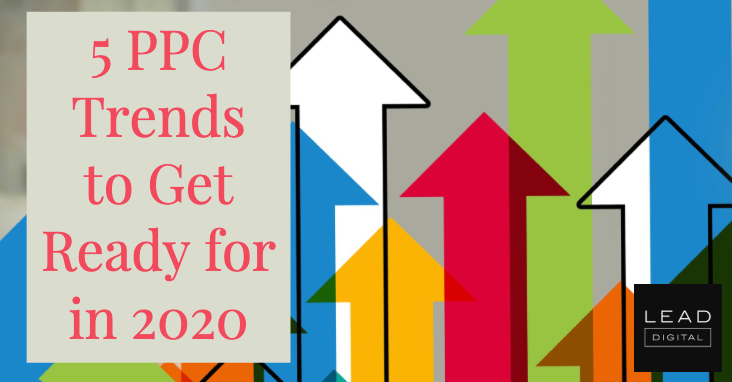 Predicting the future is never easy – particularly in the world of PPC.
Predicting the future is never easy – particularly in the world of PPC.
Even with all the campaign data in the world, you don’t know the latest trends until they hit.
It’s a tough task staying on top of all the updates released by the likes of Google, Bing, and YouTube. It can be even harder to learn new things and quickly adapt to the changes.
On October 23, I moderated a sponsored SEJ webinar presented by Adzooma’s Puneet Vaghela and Sal Mohammed.
They shared the five biggest PPC trends coming up in 2020 and how marketers can increase paid search performance while staying on top of the latest industry changes.
Here’s a recap of the webinar presentation.
We’ve all seen developments happening in the paid search front over the past 18 months from both Google Ads and Microsoft Advertising. Some of the changes involve:
- Ad copy.
- Smart bidding.
- Average position.
- Audiences.
As innovation in digital marketing continues to grow at an exponential rate, smart PPC pros need to keep up with the market.
Here are five trends you should be looking at in 2020 in order to stay ahead of the game.
1. Audience Segmentation
Audience segmentation is based on taking a group of people who have interacted with you online – either on your website, your CRM database, through a YouTube channel or one of your other social media channels.
These people are then segmented based on:
- What URLs they’ve visited on your website.
- How they’ve interacted on your site (i.e., whether they’ve purchased).
- What videos they’ve watched.
Then they’re placed into buckets that serve specific ads based on how they interacted with you.
This allows you to increase or decrease bids to make sure you’re more or less prominent to your audiences based on the value that they have on your business.
Although it seems very in-depth, this is still the most basic way to use audiences.
However, as we gather more and more data on our customers and audiences, we can begin to break them up into specific buckets and thereby making our messaging even more personalized and our bidding strategies more informed based on specific data points.
- What type of user are they? Where did they leave your site? Did they purchase something?
- What are your audiences interested in?
- What age and gender are they?
- What demographic group do they fall under?
- Where are they searching and browsing for you or your products? What device are they on?
- Are they coming from other websites? What keywords are they finding you through?
- Where are they in their life? Are they happy? Are they sad? Are they angry?
The inclusion of specific data sets, as well as inferred emotional data, means that you can make your ads extremely bespoke to the people you want to target.
You can also identify exactly which type of person you should be spending your resources on to grow your business.
Make sure to create audience lists in Google Ads to leverage this opportunity. – Read more



